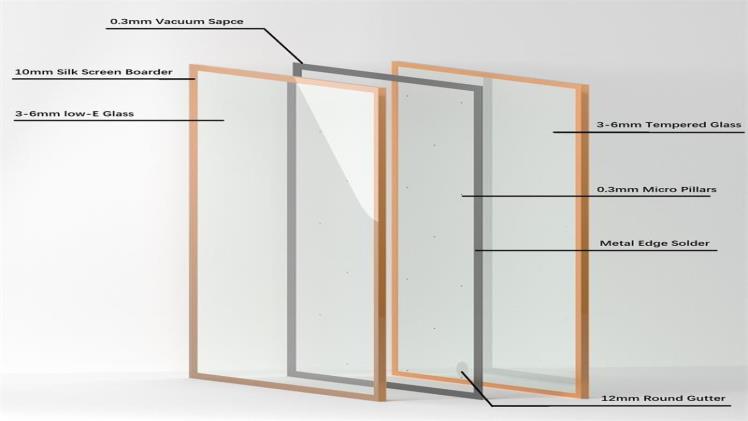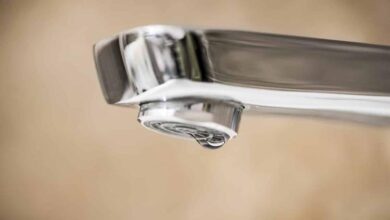Vacuum Double Glazing Manufacturers In China

Vacuum double glazing manufacturers in China have started to gain international recognition in recent years. Using the newest technology in the industry, these companies can now offer a wide range of products that can satisfy the needs of consumers. The Chinese market for the technology has also seen an uptick, primarily due to the increasing demand for energy efficiency and cost-effective buildings. Moreover, the vacuum technology can be incorporated into a wide range of home improvement projects, including exterior walls, roofs and interior walls.
Pilkington Spacia
The Pilkington Spacia vacuum glazing system provides an attractive solution to modern comfort requirements. It is suitable for original and secondary glazing. This innovative technology blends seamlessly into traditional properties. Its thin profile and high performance make it ideal for retrofit applications. The 0.2-mm vacuum cavity between the two panes of glass creates a space that prevents thermal transfer.
Its low emissivity outer layer and clear float glass inner pane combine to provide excellent thermal performance. The acoustic benefits of the Pilkington Spacia unit are as good as conventional double glazing. These features mean that the system can be installed into existing window frames without the need for significant replacement. It is also an ideal option for historical preservation projects.
A key challenge in developing a good edge seal is to develop a product that is resistant to the vacuum collapse force. The LandVac sealing system has achieved an award-winning design that is lightweight and looks great when it is installed in a window frame.
HaanGlas VIG
HaanGkas is a new generation of vacuum insulated glass. Its patented technology offers superior performance in thermal and sound insulation. It also has a long life span. This makes it ideal for retrofit applications.
HaanGlas boasts a dazzling array of features, including a weighted sound reduction index exceeding 39 dB, an ift thermal transmittance test that exceeded the usual UL/ENV quotas, and a dew point that drops below -20degC. Other notable performance tidbits include its sonic performance, an acoustic certification, and its patented acoustic foam.
The seal in HaanGlas is an intelligent system that maintains a consistent level of high-vacuum between layers, while at the same time allowing the glass to be lightweight. It also reduces thermal contraction while preserving strength and durability. Moreover, it looks good when installed in window frames.
Although it has been around for a while, the HaanGlas name has been associated with a number of innovative products and technologies. These include a series of authoritative certifications, a new design that’s lighter and thinner than insulated glass, and a world-class manufacturing facility.
FINEO
China vacuum double glazing manufacturer is lightweight glazing that prevents heat loss and reduces energy costs. It can be used to improve the thermal performance of older buildings and as a lightweight secondary glazing for new construction. The benefits of vacuum glass include improved acoustic insulation, better light transmission, better sound insulation, and the ability to keep the original window frame. The technology is also becoming more widespread in the market.
The insulating property of vacuum glass is due to the space created between the two glass panes by the vacuum. This space is 0.3mm and is a major feature of the new generation of insulating glass. Compared to conventional double glazing, FINEO offers a better aesthetic finish and thermal performance. In addition, it is more durable. FINEO glass is also easier to install. The other major advantage of vacuum glass is its safety. Since the glass is made from toughened glass, it will not break. As a result, it is more reliable than conventional gas-filled double glazing.
Challenges Of Commercially Available Vacuum-Insulated Glazing
Tempered vacuum double glazing has a number of advantages over conventional double glazing. The most obvious is its thermal performance. Since it has a lower U-factor, it can offer an R-value that is much higher than that of traditional double glazing. However, the benefits are not enough to overcome the problems that vacuum insulating glazing has to face. First, there is the problem of bowing. This can lead to visual distortions and a weak seal. It also reduces the life of the product.
Another challenge is leaky seals at the perimeter of the glazing. These allow moisture and insulating gases to escape. Fortunately, manufacturers have found a solution. They use tiny spacers, which are placed 1 to 2 inches apart. When viewed closely, they form a faint matrix. Besides improving heat transfer, this technology has the added benefit of reducing conduction heat losses. The gap between the panes of glass can be reduced to 0.2 mm. That is just half the thickness of conventional double glazing.
Conclusion
Infect, China Vacuum Insulated Glass is a type of glass used in buildings. It is a lightweight glazing with excellent energy performance. This is the next generation of energy efficient glazing. Using vacuum insulated glass will lower the self-weight of buildings, reduce heat transfer, and insulate sound. In addition, it will reduce energy bills.




